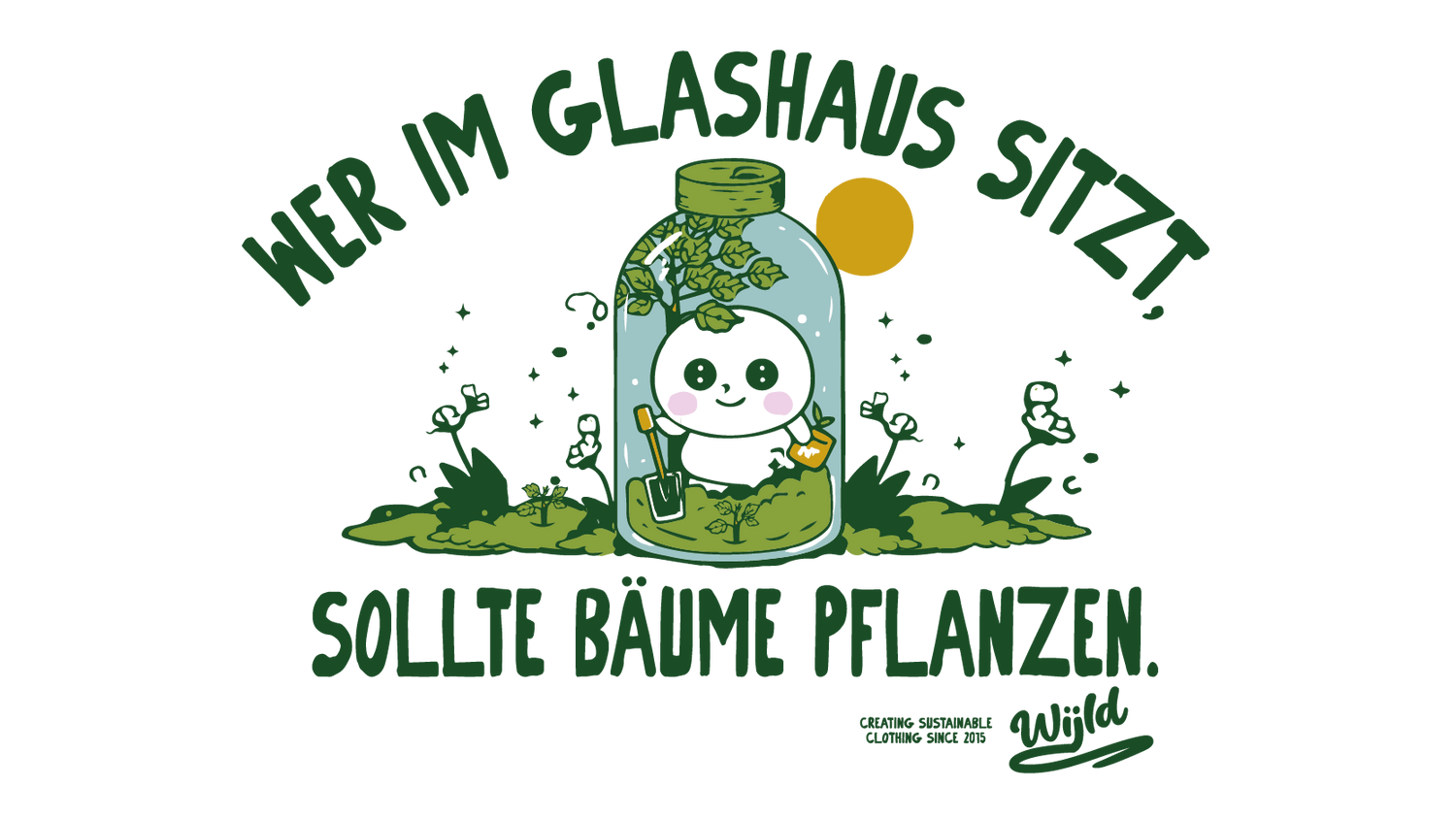September 16: International Day for the Preservation of the Ozone Layer A date that reminds us: Environmental problems are man-made — but also solvable.
A Brief Look Back: The CFC Crisis
In the 1970s, scientists discovered that chlorofluorocarbons (CFCs) were destroying the ozone layer — that ultra-thin shield protecting us from harmful UV radiation. For decades, CFCs were standard in refrigerators, aerosol sprays, and foam products. The result: an ever-growing “ozone hole” over Antarctica.
But unlike many current crises, something remarkable happened: the world responded. In 1987, the Montreal Protocol was adopted, drastically limiting the production and use of CFCs worldwide. The classic aerosol cans that once stood in nearly every bathroom disappeared or were replaced with CFC-free alternatives. Many still remember the “ozone hole hairspray” debates of the 80s and 90s. And lo and behold: today, the ozone layer is considered “on the path to recovery.” A powerful testament to the effectiveness of international cooperation.
From CFCs to CO₂ — The Next Big Challenge
While the CFC chapter offers hope, the issue of CO₂ presents the next major hurdle. CO₂ doesn’t directly destroy the ozone layer — but it alters temperature dynamics in the atmosphere:
- In the troposphere (the lower layer where we live), it gets warmer.
- In the stratosphere (the upper layer where the ozone resides), it gets colder.
This cooling intensifies chemical reactions that exploit residual pollutants like leftover CFCs or nitrogen oxides to break down ozone. The result: ozone recovery slows — while the climate continues to warm due to rising CO₂ levels.
So, CO₂ isn’t the “ozone killer” that CFCs were — but it makes life harder for the ozone layer and simultaneously worsens the climate crisis. And the tricky part: it’s invisible, omnipresent, and embedded in nearly everything — from energy and transportation to clothing.
People in glass houses should plant trees
CO₂ is released wherever fossil fuels like coal, oil, or gas are burned — in power plants, cars, heating systems, or industrial processes. The fashion industry alone is responsible for around 10% of global CO₂ emissions — more than international flights and all maritime shipping combined. A shocking figure for an industry often driven by fast trends and short product lifecycles.
This greenhouse gas accumulates in the atmosphere, forming an invisible blanket around the Earth that traps heat. That’s what we call the greenhouse effect.
Fortunately, nature has its own counterforces: trees, forests, seagrass meadows, and peatlands. They act like climate power plants, absorbing CO₂ from the air and storing carbon in their wood, roots, or soil. In return, they release oxygen — the vital element we breathe. A single large tree can bind up to 10 kg of CO₂ per year and produce enough oxygen for several people.
It becomes clear: reforestation, healthy oceans, and intact ecosystems are more than just beautiful nature — they are key allies in the fight against the climate crisis.
What we do — and what remains to be done
Since our founding 10 years ago, wijld has focused on materials that save significant amounts of CO₂ compared to conventional cotton or polyester. The secret lies in the origin of the fiber: our wood-based fiber is made from fast-growing trees. While cotton requires water- and energy-intensive cultivation and processing, wood binds CO₂ as it grows.
What’s more: we use the solvent NMMO in fiber production, which is almost 100% reusable. This creates a nearly closed-loop system that minimizes emissions and avoids waste. In concrete terms, we save around 75% CO₂ in fiber production compared to cotton.
We’re proving that fashion can be beautiful — and responsible. Just as the Montreal Protocol once tackled the ozone hole, we must now act boldly on CO₂ — as a society, as companies, and as consumers.
A reason for hope
The International Day for the Preservation of the Ozone Layer reminds us: even global environmental problems can be solved when we work together. What CFCs were back then, CO₂ is today. And if we show the same determination, we can overcome this challenge too.
Until then, we’ll keep working to shrink fashion’s footprint — shirt by shirt, fiber by fiber.


